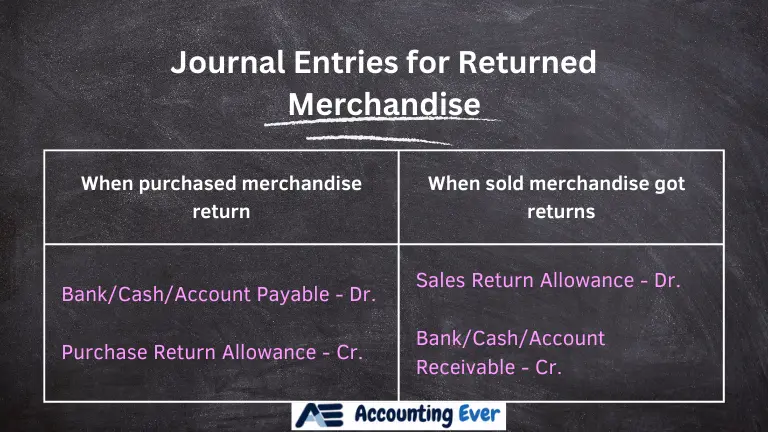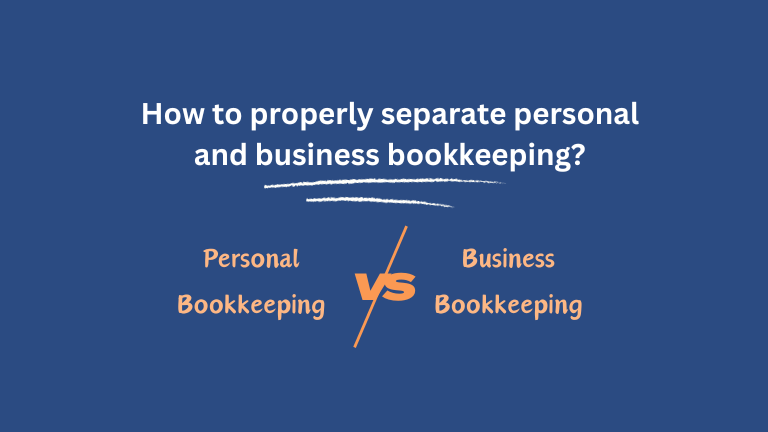Managing Multiple Businesses in QuickBooks Online—To Consolidate or Not?
Meet Sarah, a seasoned accountant with years of experience managing small and medium-sized businesses. One day, a potential client approached her with an interesting situation. The client owned four related businesses, all connected through various operations. One of the businesses, a real estate LLC, rented property to another, and while they all seemed intertwined, each had its own Employer Identification Number (EIN).
Currently, the client had four different QuickBooks Online (QBO) accounts, one for each business. However, they were starting to feel overwhelmed managing multiple accounts and asked Sarah if it would be possible to consolidate everything into one QBO account and use classes to track each business separately.
Sounds simple enough, right?
Table of Contents
Sarah’s Initial Thoughts
At first glance, Sarah thought the client might be onto something. Managing just one QBO account instead of four would certainly make life easier—or so it seemed. By using classes, the client could track income and expenses separately for each business while consolidating everything in one place.
But as Sarah thought more about it, she realized there were potential risks.
The EIN Rule
First and foremost, Sarah knew the golden rule: “One QBO account per EIN.” Since each of the businesses had its own EIN, they were separate legal entities, and legally, they needed to have separate books.
This is not just best practice—it’s required by law. According to the IRS, each business entity with its own EIN must file its own tax returns, meaning the records for each entity should be maintained separately. The IRS clearly states, “An Employer Identification Number (EIN) is a federal tax identification number used to identify a business entity” and it is critical to file accurate financial records and tax reports .
In the UK, similar principles apply. The HMRC advises that separate businesses must maintain distinct financial records, especially when it comes to Value Added Tax (VAT) and corporation tax filings. Co-mingling of business funds can lead to compliance issues and, worse, audits or penalties .
While Sarah explained this to the client, she couldn’t help but recall a similar case she had encountered a few years ago. Back then, her client had insisted on using one QBO account for multiple businesses. What followed was months of chaos, especially during tax season.
As Sarah told her current client, “Each business needs to have its own QBO account because they are separate entities. This isn’t just about convenience—it’s about staying compliant with tax laws.”
Intercompany Transactions—A Potential Nightmare
But that wasn’t the only concern Sarah had. The client mentioned that one business often paid expenses for the other, such as the real estate LLC collecting rent from one of the other companies.
Sarah had seen this problem before. She remembered a fellow accountant sharing their frustration about how intercompany transactions could quickly become confusing. This colleague had quit a client over their refusal to keep businesses separate, as it caused endless headaches.
“When you start mixing up bank accounts, it creates a mess,” Sarah explained. “If Company A uses its bank account to pay for Company B’s expenses, it gets tricky to track and can lead to errors. It’s best to keep everything clean—Company A uses Company A’s funds, and Company B uses Company B’s funds. Otherwise, reconciling your books becomes a nightmare.”
In fact, both the IRS and HMRC emphasize the importance of maintaining accurate records for each business separately to avoid complications when filing taxes. The IRS recommends that business owners keep separate bank accounts for each entity to avoid co-mingling funds, which can lead to potential legal risks during an audit .
Sarah made a mental note to ensure the client had strict policies in place for intercompany payments, such as cutting checks from one company to another, rather than allowing random payments to occur.
Operational Headaches of Combining Accounts
Even though consolidating QBO accounts might seem like an easier option, Sarah knew from experience that it wouldn’t be. She recalled a conversation with another accountant who managed 40 different QBO entities. For them, moving between entities was just part of the job, and they had mastered the art of multitasking.
“I handle 40 entities each month,” the accountant had said, laughing. “You’ll get used to moving between four. Trust me, keeping them separate is much better than trying to use classes to manage everything in one account. QuickBooks just isn’t built for that.”
Sarah relayed this story to her client, highlighting that while it might seem like more work to keep four separate accounts, it was actually far easier to manage in the long run.
The Role of Classes and Locations
The client then asked Sarah, “Well, what about using classes? Couldn’t we just use them to track each business?”
Sarah nodded and explained that using classes could be a good solution if all the businesses shared the same EIN. In fact, she knew of a business with three divisions under one EIN, and they used classes to separate their Profit and Loss (P&L) statements and locations for their Balance Sheets.
“Classes work great for separating income and expenses when you’re dealing with different divisions of the same company,” Sarah said. “But in your case, where each business has its own EIN, you’ll run into issues with payroll, tax remittances, and even legal compliance.”
She further explained that while classes might help separate P&L data, they don’t work well for balance sheet transactions—things like assets, liabilities, and equity. This is especially important when dealing with separate legal entities.
The Final Decision
In the end, Sarah and her client agreed that the best course of action was to keep the four QBO accounts separate. This would ensure that each business remained compliant, especially when it came to taxes and legal reporting.
Sarah also suggested setting up intercompany liability accounts to track transfers between businesses more easily. This would help keep everything clean and transparent while making sure that payments, like rent from one business to another, were properly documented.
Conclusion
Sarah’s story illustrates the importance of keeping separate businesses in separate QBO accounts, especially when they have their own EINs. While consolidation might seem like an attractive shortcut, it can lead to compliance headaches, reporting issues, and operational inefficiencies.
Her advice? Follow the EIN rule, keep your businesses distinct, and ensure intercompany transactions are handled with care. While moving between accounts might seem cumbersome at first, it’s the best way to maintain clear, accurate, and compliant records.
After all, as Sarah’s colleague said, “If I can manage 40 entities, you can handle four!”




